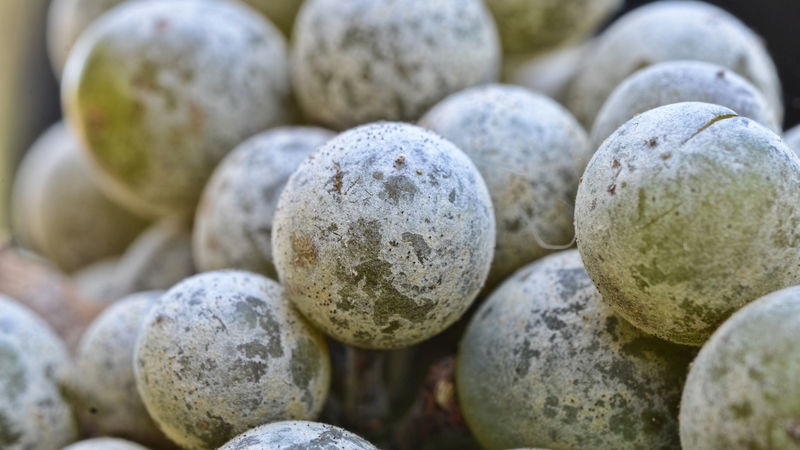Late Blight: The Enemy Within
By now the late blight problems of summer 2009 are just a bad memory for most of us. This is a disease of potato and tomato that can really cause problems, especially if growers haven’t had much experience with it. One of the concepts that absolutely must be adhered to when combating this disease is that control measures must be in place before the disease gets a toehold. This is because plant diseases like late blight are extremely difficult to manage once they become established within the plant.
Potato and tomato late blight is caused by Phytophthora infestans. As many of you are now aware, this organism is heavily dependent on wet conditions to cause disease and complete its life cycle. When favorable conditions are occurring or are predicted to occur, control measures must be applied preventively in a protectant mode to be effective. Keep these two terms in mind. There are a number of good reasons for this recommendation.
Leading To Infection
First of all, the events that lead to infection of the plant generally occur on the leaf or stem surfaces. Fungicides often work by interfering with some aspect of the infection process, such as spore germination, or they may prevent or inhibit later events of the process such as penetration of the host tissues.
What they are not very good at doing is killing a pathogen that has already become established within the host tissues. At this point, fungicide application may prevent new infections from occurring, but they will not prevent the established pathogen from continuing to damage the plant and continuing to produce spores for further spread within the field and within the region.
The Latent Period
Another reason control measures should be applied preventively as protectants has to do with something we call the “latent period.” This is the length of time between when the infection process has occurred and when symptoms begin to appear. All pathogens display this characteristic to some degree or another.
The problem here is that, in the absence of symptoms, you might be lulled into thinking that no infection has occurred. This latent period is often responsible for what may look like a control failure because disease gets worse after a fungicide has been applied. In many cases, the fungicide is working just fine, it just wasn’t applied in time.
Another way of looking at this concept is to consider this: a very large amount of disease can sometimes be present in the invisible latent phase when the first symptoms begin to appear. In this case we could com-pare the amount of actual disease to an iceberg where the tip (the first
appearance of symptoms) is only a fraction of the whole. The concept of preventive or protectant application of fungicides is relatively easy to understand but can be much more challenging to implement.
Modern production practices dictate that we do not apply pesticides until and unless they are needed. The safest approach would be to simply go on a weekly spray program and stay with it all season. This approach would probably control disease but could also result in a lot of wasted chemicals and a lot of wasted money.
Much more desirable is to make use of a disease modeling system that examines weather and moisture patterns and predicts when late blight is likely to show up, indicating that a fungicide program should be implemented. Such modeling programs are available in many parts of the country, especially areas where late blight is likely to be a problem.
As we make our preparations — both physical and mental — for the coming season, make sure that you remember the importance of proactive control for diseases like late blight. Keep in mind the importance of control measures applied “preventively” in a “protectant” mode. Avoid “the enemy within” by not letting him in to begin with.










